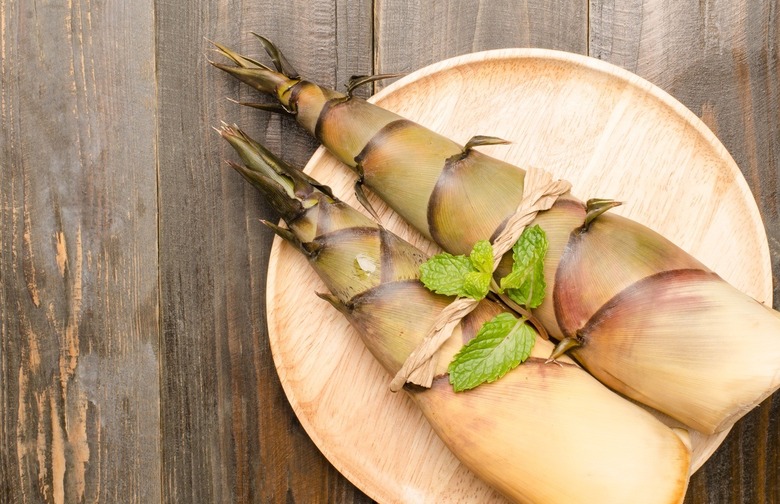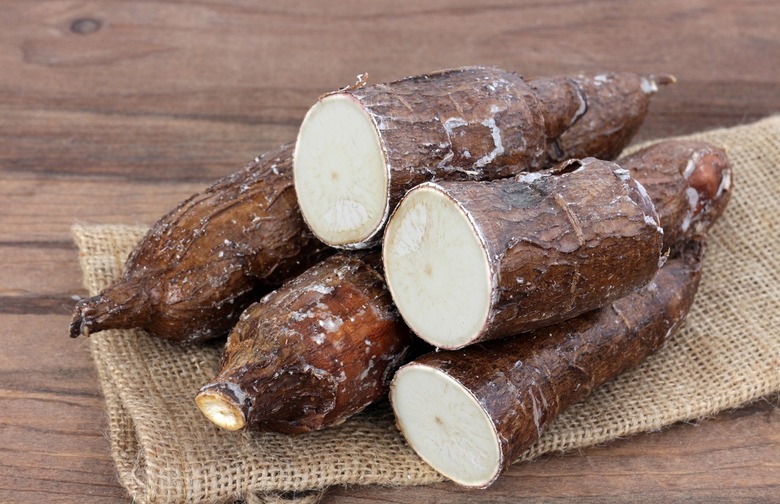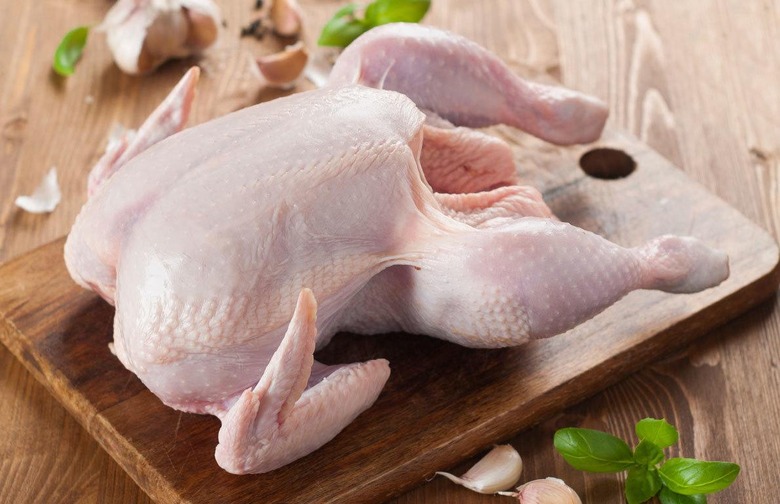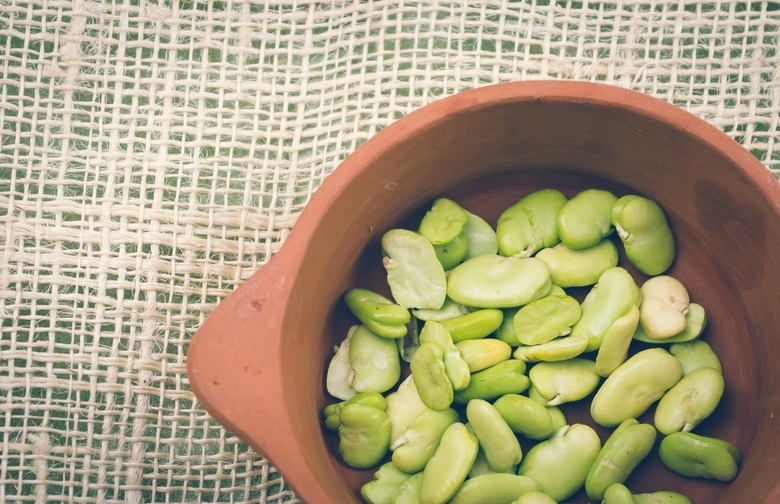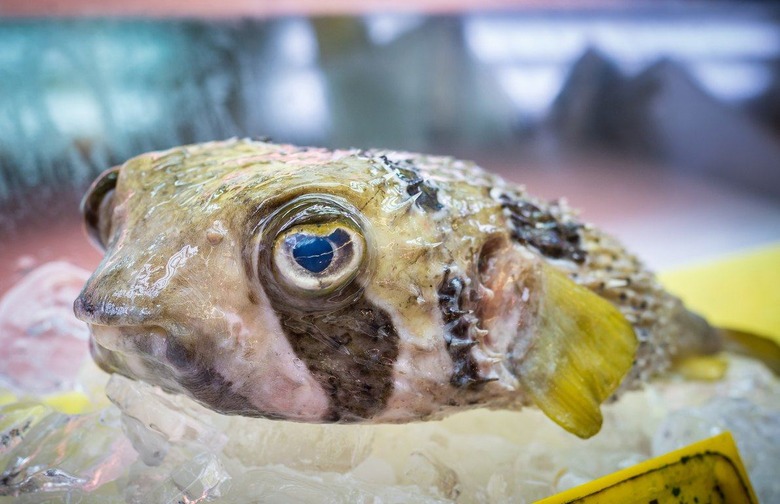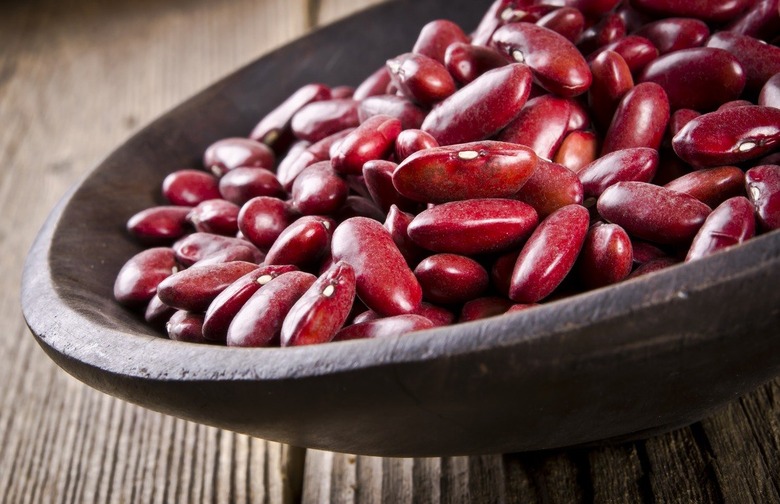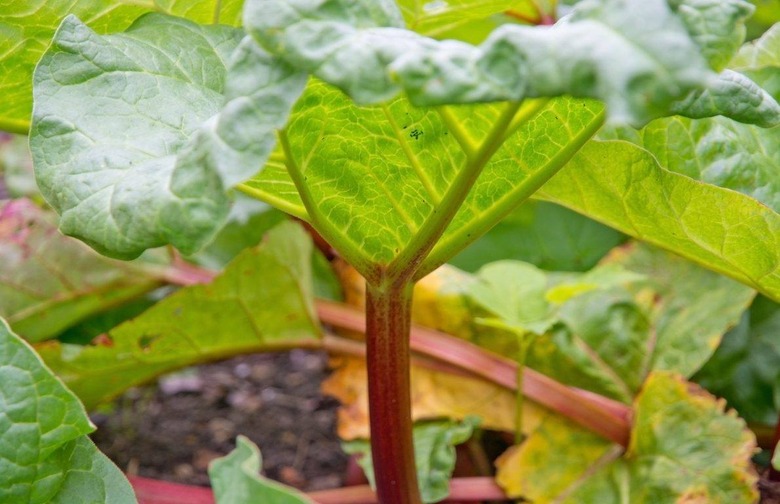7 Foods That Might Kill You If You Don't Cook Them Right Slideshow
The shoots are the only portion of the fast-growing grass we know as bamboo that's edible to humans. But before they can be consumed, the shoots need their fibrous exteriors cut away, and then the shoots need to be boiled. When eaten raw, bamboo contains a toxin that produces cyanide in the gut. Many Asian grocery stores will sell freshly prepared bamboo shoots that have already been detoxified. Don't worry about the canned variety: They're perfectly safe to eat without further cooking.
Cassava (Yucca)
Cassava is a starchy root that flourishes in the tropical climates of Central and South America, the Caribbean, and West Africa, but it is more familiar to Americans in its dried and powdered form: tapioca. Although it is one of the most consumed carbohydrates worldwide, it is dangerously toxic when consumed raw because it contains cyanogenic glucosides, which triggers the release of hydrogen cyanide. Cassava should be soaked and fermented for at least a day before it's cooked, but some sweet varieties of cassava inherently contain less cyanogenic glucosides and are safe to eat after simply cooking them thoroughly.
Chicken
When thinking of food that can be toxic if prepared incorrectly, chicken probably isn't the first one to come to mind, but this plentiful protein can be dangerous if not heated to the proper internal temperature of 165 degrees Fahrenheit. Raw chicken is especially susceptible to salmonella, a bacterium that induces salmonellosis, leading to severe diarrhea, abdominal cramps, nausea, and vomiting. Though salmonellosis isn't necessarily life-threatening, it is especially dangerous for pregnant women, children, or anyone with a compromised immune system.
Lima Beans
The inconspicuous lima bean can actually be a killer if consumed raw. Lima beans, also called butter beans, contain high levels of cyanide, and as a preventive measure, the Food and Drug Administration regulates which varieties can be grown for commercial use. If you're cooking raw lima beans, make sure to boil them uncovered to allow the cyanide gas to escape.
Pufferfish (Fugu)
With so many delectable options of seafood available, it's curious why anyone would pay hundreds of dollars to eat one that's so dangerous. There are several species of pufferfish, but portions of all — and especially the livers — contain tetrodotoxin, a toxin 1,200 times more deadly than cyanide. In order to be certified to prepare pufferfish (known as fugu in Japan, its primary country of consumption), chefs must go through special training that can last up to three years. Despite the care that it takes to properly prepare pufferfish, there were still 23 deaths recorded in Japan linked to its consumption between 2000 and 2009.
Red Kidney Beans
The starch and robustness of red kidney beans makes them ideal for slowly simmered chili and stew, but the beans can be dangerous if cooked incorrectly. The Food and Drug Administration suggests boiling raw red kidney beans for up to 30 minutes to ensure that the high amounts of phytohemagglutinin, a protein found in legumes that can be toxic when consumed in excess, is destroyed. Be especially weary of using red kidney beans in the slow-cooker because the device sometimes fails to raise the beans to a temperature high enough to kill off the toxins. The canned variety of red kidney beans does not carry any risk of toxicity and may be consumed as is.
Rhubarb Leaves
If you're growing rhubarb this season, make sure to remove the innocent-looking leaves, which actually contain a high percentage of oxalic acid, a corrosive agent that's present in lesser concentrations in a variety of plants. Although, based on the amount of rhubarb leaves it would take to kill a rat, researchers estimated that an average-sized human would have to eat around 11 pounds of leaves to be in any real danger. The stalks have considerably less oxalic acid and are completely safe to eat.
